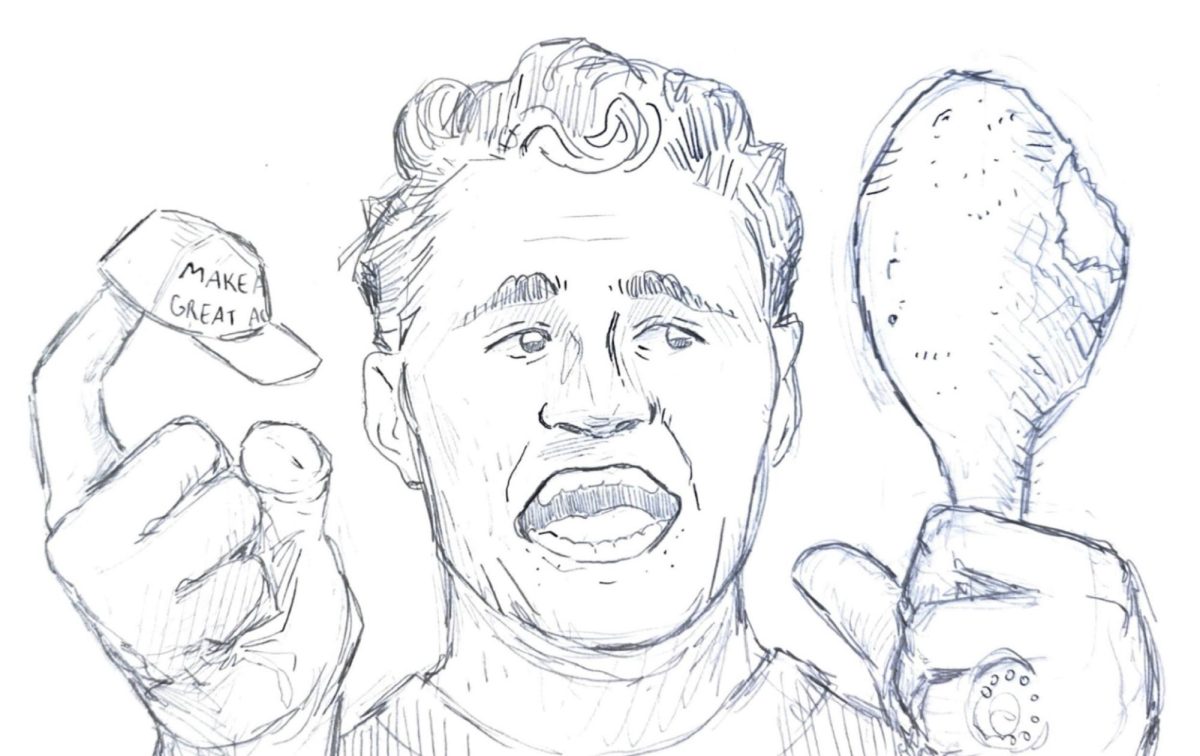Priority Registration Helps Prestige
Just like a banker closely watches his stocks, UCSD keeps a close eye on its student “investments” — those it has either invested money in or given registration priority to benefit the university. These “priority students” — Regents and Chancellor’s scholars, athletes and campus tour guides — are allowed to precede the traditional rounds of picking courses. While many argue that this is “cream-of-the-crop” favoritism, priority registration ultimately benefits UCSD by helping those that affect the reputation of the school more than others.
Regents and Chancellor’s scholars receive up to $2,000 and $5,000 per academic year from the university, and, with the help of these scholarships and priority registration, are expected to perform at the top of their classes. A higher GPA pool helps maintain UCSD’s competitive edge against other universities. Student athletes fall under the same realm, they have priority so they can create the most efficient class and practice schedules possible. This increases their chances of winning championships and awards, thereby elevating the status of the university nationwide.
Similarly, college ambassadors receive priority times because they must keep certain blocks of time cleared to lead tours. Tour guides are usually the first students that prospective and admitted students meet on campus. Early registration times help tour guides form manageable schedules so they can give back by promoting UCSD to tourgoers as an attractive university.
UCSD, if possible, would accommodate every hectic schedule it could. However, 30,000 students have 30,000 problems — those with priority registration possess it for the ultimate benefit of UCSD.
— Cedric Eicher
Contributing Writer
Athlete Schedules Need Extra Flexibility
Priority registration is a tool to promote student-athlete success on the field and in the classroom. Understandably, those early registration times are misconstrued as “preferential treatment” — but athletes need this because of the difficulties of balancing collegiate training with the intensity of UCSD’s academics.
The UCSD athletic department’s slogan is “Proud Tradition of Academic and Athletic Excellence,” and it is no accident that the word academic precedes the word athletic.
Maintaining a high GPA is integral to the student athlete experience, especially given the rule that student athletes lose National Collegiate Athletic Association competing eligibility if their grades slip below a 2.0 cumulative GPA. Some coaches even demand better academic success for athletes to be active participants on the team. Student athletes, for the most part, have been successful in maintaining that goal due in part to priority registration, which allows them to schedule time to be most efficient in school.
Athletes practice up to 20 hours a week in addition to travel time, which can range up to four complete days and can include both in-state and out-of-state competitions. For instance, track and field athletes need to block out a space in their schedules from 2 p.m. to 5 p.m. every weekday to accommodate practice, and must reserve similar three-hour blocks during their weekends. Priority registration allows athletes to schedule their classes around these mandatory blocks.
For student athletes to be successful, they need to balance both their commitment to graduate on time and their commitments — a balance made easier by early registration.
— Alia Bales
Contributing Writer
The System Ignores Other Student Conflicts
With Winter Quarter registration already underway, it’s time to face the cutthroat competition of course registration once again. For example, student-athletes are allowed to register for classes 13 hours before everyone else, giving them a distinct advantage over the remainder of the student body. While student-athletes must register around their mandated team practice times, the university should not give athletes priority registration over other student activities and commitments.
There are 426 registered undergraduate organizations on campus. Many active members of these organizations spend time competing, traveling and practicing. For example, Mock Trial practices 10 hours per week, and the ultimate frisbee club team practices at least six hours per week, with tournaments approximately every other week.
Not only do these students stay involved in school, but many also work, intern and finance their way through college. Most jobs and work-study programs require at least 10-15 hours per week. A study done by the National Center for Education Statistics in 2010 reports that at public four-year institutions, 41 percent of college students are employed, while 32 percent are involved in other school clubs and activities.
Every student contributes their time to their respective organizations, but only a select few are given a chance to schedule around their obligations. Although planning around a four-hour practice block is difficult, so is scheduling time for work or attending club events and meetings. Everyone deserves an equal chance to plan his or her next quarter’s dream schedule.
— Sharon Lay
Contributing Writer







